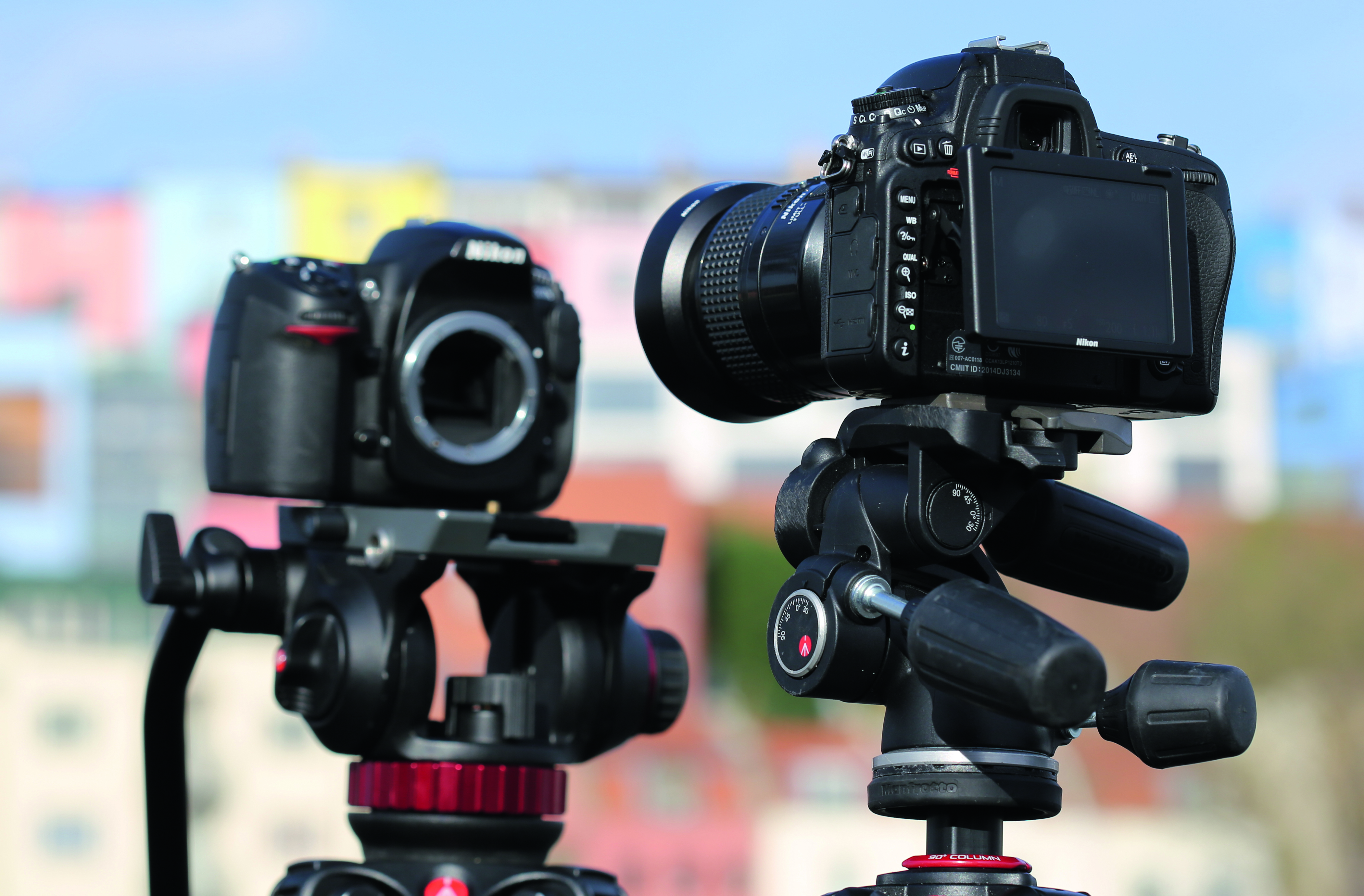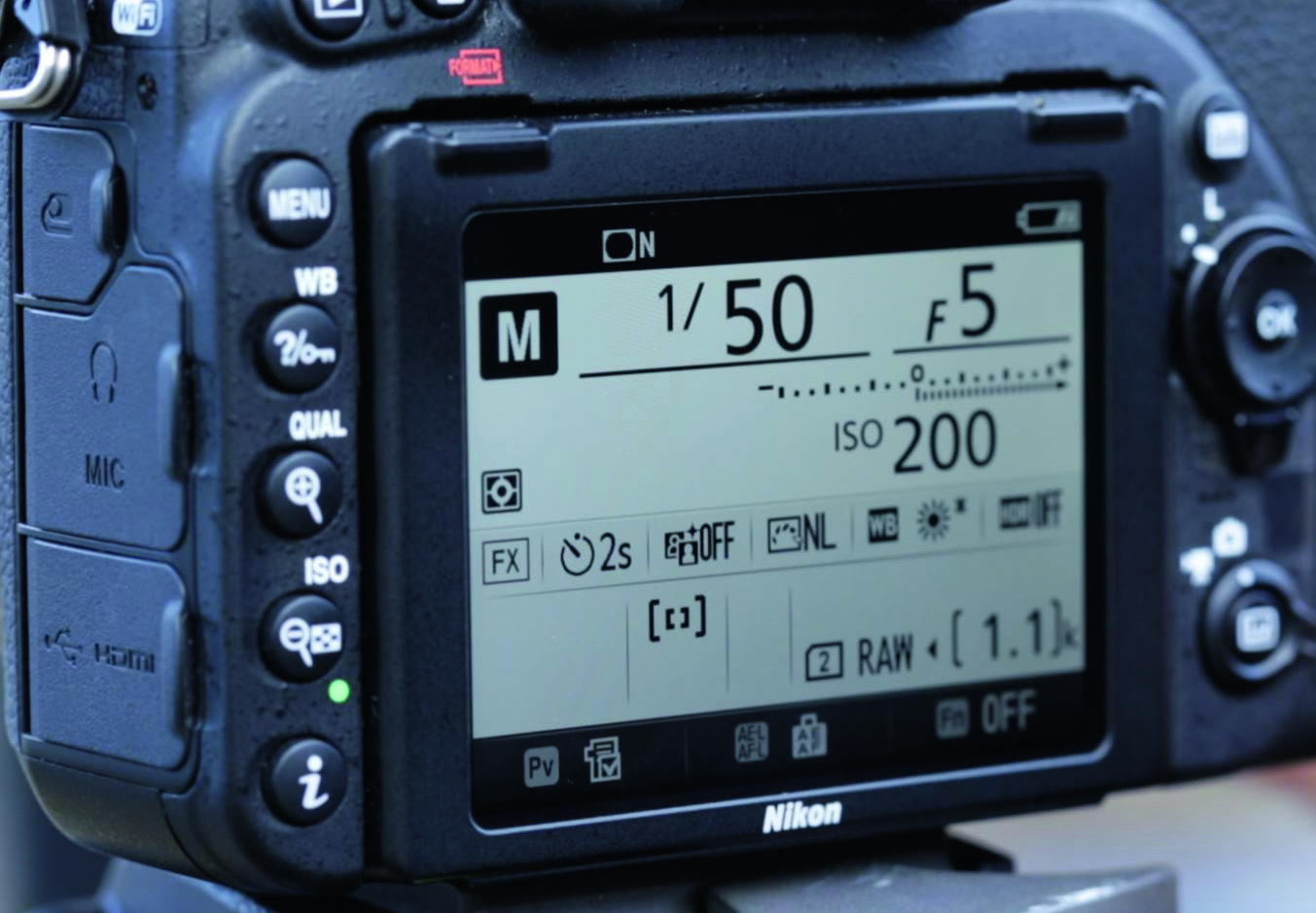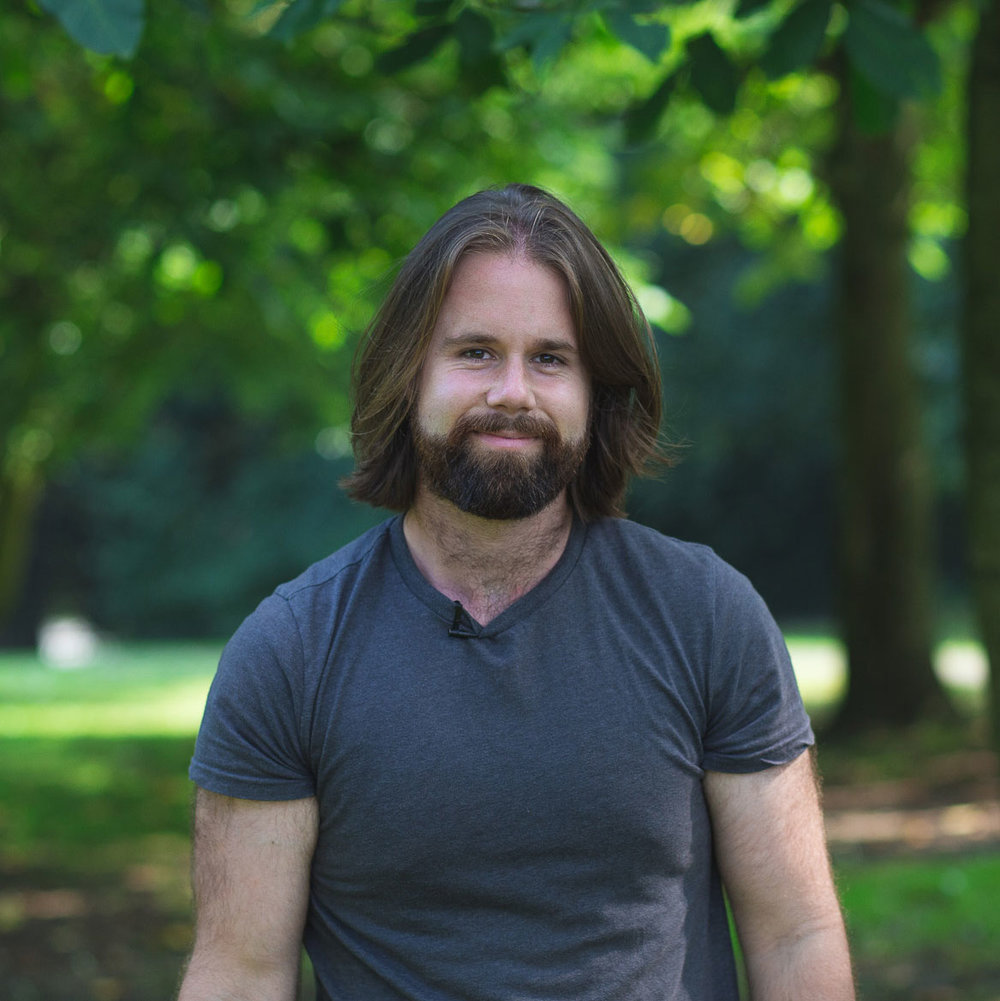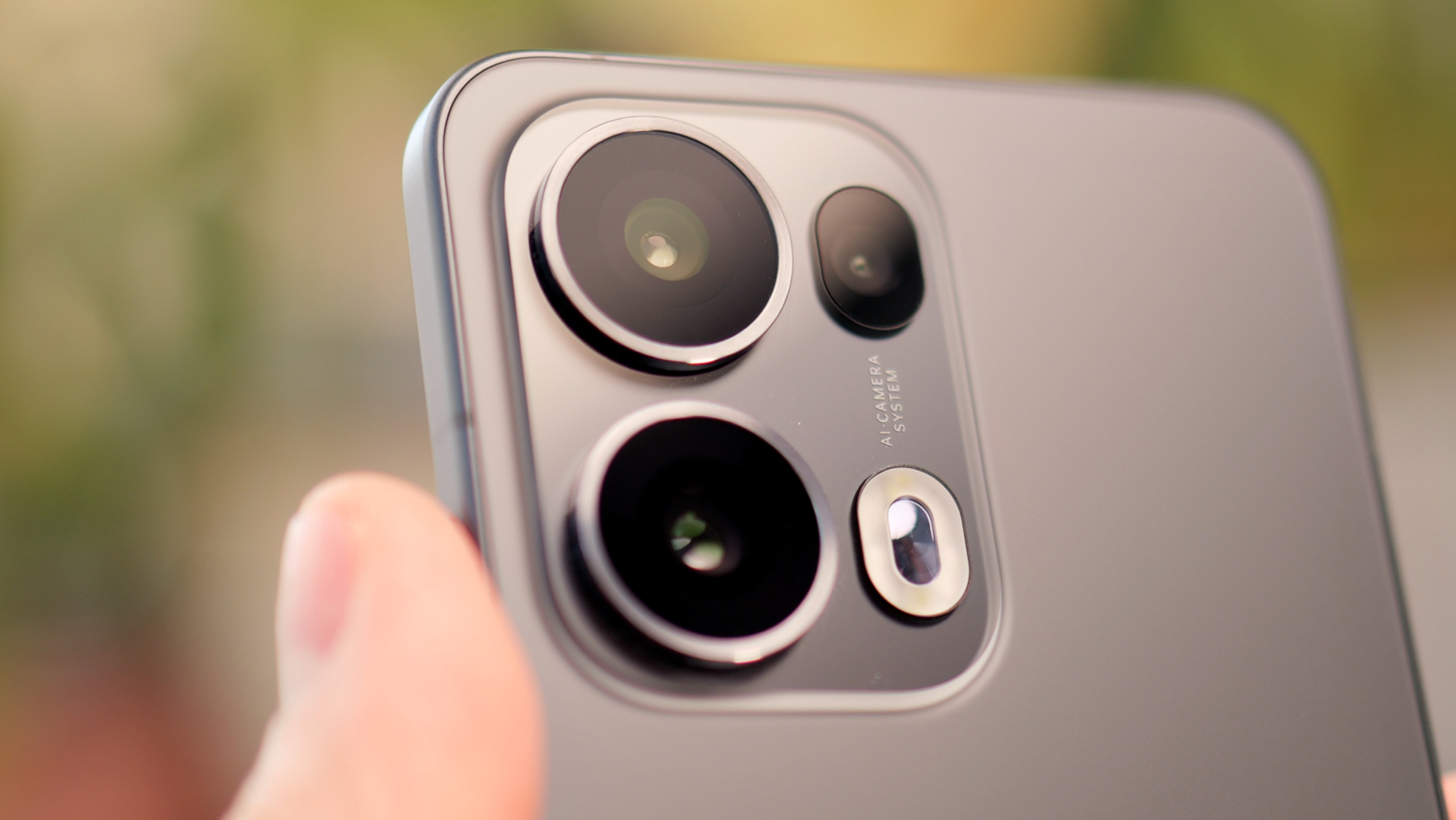How to shoot a reflected camera mirror image
Capture an artistically blurred image through a camera body

To photograph the wrong way through a second D-SLR body
Time: 30 minutes
Skill level: Beginner
Kit needed: Two SLRs, Macro lens, Tripod, Remote release (optional)
Take the lens or body cap off your camera, hold it up to a bright scene, and peer at the mirror. You should see a faint, blurry image of what’s behind the camera reflected in it. And it’s that scene that we want to capture in this tutorial.
The idea behind this fun technique is to capture the light passing through a second camera’s viewfinder. Normally when you take a photo, light passes through the lens, and bounces off the mirrors and out through the viewfinder. But of course, it can also travel in the other direction – through the viewfinder, off the mirrors and out through the lens (or, in this case, the hole where the lens would usually be).
Because there’s no lens to focus the light onto the mirror of our second camera (as it’s only passing though the viewfinder), our final shot will be blurry, but that’s all part of the charm with shooting like this. The key is to find a nice, bright scene with simple shapes, and of course to keep both cameras as still as possible.
STEP BY STEP: Mirror, mirror...

1 FACE OFF
To photograph the view projected by a camera’s viewfinder onto its mirror, you will obviously need two cameras: one to take the shot and one to project the view. Don’t try to do this handheld, as the light has to pass through a lot of camera and will lose its intensity. Instead, put both cameras on tripods or stable surfaces, to keep everything still.

2 GET CLOSE
Getting close up to the view captured on the mirror inside the second camera is essential, and most ‘standard’ lenses won’t focus close enough, so you really need a dedicated macro lens for this technique. To focus, we set our lens’s minimum focusing distance and then moved the viewfinder camera back and forth until the projected image was clear.

3 GO LONG
Because the light coming through the second camera is dim, you’ll probably have to set a slow shutter speed, but if your shooting camera is on a tripod, this obviously won’t be a problem. We set a shutter speed of 1/50 sec at f/5 and ISO200. We also used a remote release, but if you don’t have one, you could set your camera’s self-timer to 2 secs instead.
Get the Digital Camera World Newsletter
The best camera deals, reviews, product advice, and unmissable photography news, direct to your inbox!
Jase Parnell-Brookes is an award-winning photographer, educator and writer based in the UK. They won the Gold Prize award in the Nikon Photo Contest 2018/19 and was named Digital Photographer of the Year in 2014. After completing their Masters Jase has spent a good chunk of two decades studying and working in photography and optics shooting and writing all over the world for big-name brands and media outlets. Now the Channel Editor for Cameras and Skywatching at Space.com their speciality is in low light optics and camera systems.

